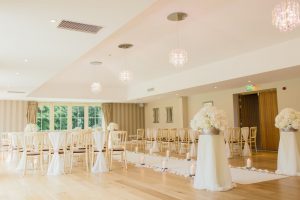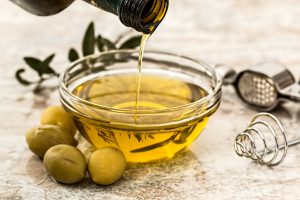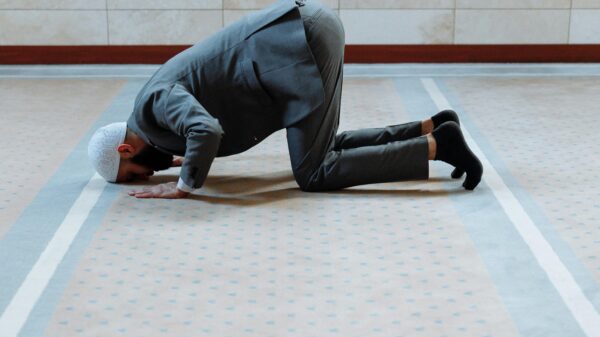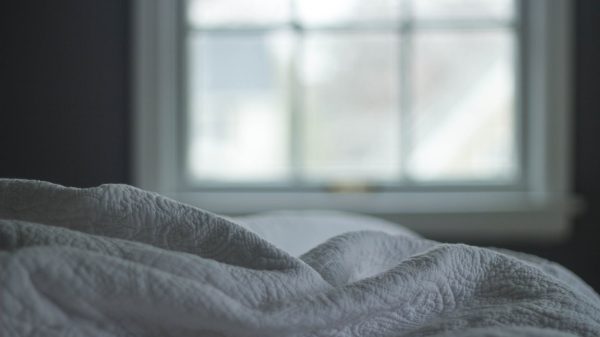 By Abdullahi Jamaa
By Abdullahi Jamaa
A pious Muslim woman said to her friend: “One day you will all be covered from head to toe. Don’t let your last day on earth be the first day you wear the hijab. Know that Hijab is an act of faith not fashion”
The other lady looked at herself keenly. She is a professional Muslim lady dressed meanly, losing out to cover herself properly, infringing the rules of Hijab with a little head scarf that barely covers her nape and chest.
She makes a dazzling display of herself, a true sample of what they call the ‘civilised lot’ where impulsiveness, egocentricity and sexual freedom scorn the vision of human dignity. The words from Islam’s first prophecies ‘If you feel no shame do as you wish’ would best describe her condition.
The Hijabi queen is different from her. She is a pearl inside a shell, a stunning pageant of piety and a rare gem with all the sweet familiarity of faces we shall only see in paradise. In describing her unmatched outward modesty, one can only refer to this Qur’anic verse written in golden letters.
“……..and the men who guard their private parts and the women who do so, and the men who remember Allah often and the women who do so – for them Allah has prepared forgiveness and a great reward.” Quran 33:35
Admittedly, her Hijab is a potent manifestation of purity in life, of words and deeds. The veil directs her constant attention to Allah’s message energizing her cultivation of a burning desire to get nearer and nearer to the creator.
But her friend, the non-Hijabi lady represents a world of fantasy and empty amusements that contradicts the fundamental teachings of the Magnificent Quran. In search of beauty and boldness, her evident spiritual divorcement seemingly kept her isolated where she is immersed into a broken life.
Ignorance or arrogance?
The conversation between these two distinct ladies, one who represents piety and modesty and the other who represent irreverence and vanity, questions our understanding of the topic of Hijab during these contemporary days when the overwhelming majority of modern Muslim women neglect the divine dress code either as a result of ignorance or arrogance.
Can I tell you more about the power of my Hijab? The honourable Muslim lady took over to narrate her personal journey with the Hijab. She said:
I used to wear a head scarf like you, thinking that wearing the full Hijab as described in the Quran is similar to what I am doing. I thought that with my modern dress I will remain true to my religion.
But soon I realised I was overtaken by worldly desires and egos to satisfy myself than my Lord. It became apparent to me that I must find out the truth. I decided to research and know more about the Hijab myself and my first stop was this verse in the Magnificent Quran:
“O Prophet, tell your wives and your daughters and the women of the believers to bring down over themselves [part] of their outer garments. That is more suitable that they will be known and not be abused. And ever is Allah Forgiving and Merciful.” Quran 33: 59
First, this verse made me understand that wearing Hijab is an act of faith. Refusing to abide by this message from Allah to His prophet (peace be upon him) was tantamount to religious disobedience.
I asked myself so many questions. If I don’t wear Hijab it means I will disobey Allah and his prophet, I will not be among the believing women. So earnestly I wanted to be among them.
My sister look at the verse asking us to bring down over part of our outer garments. I asked myself did my head scarf reach down, surely it was not, it was barely covering my shoulders and neck, sometimes displaying my chest awkwardly. And what does it mean to bring it down? Does it mean throwing away my scarf?
I left nothing to chance in pursuing an interpretation of the verse from great Muslim scholars and also referring to the sunnah and tradition of the prophet (peace be a upon him)
I came to understand that the Khimar that most women wear today was an attire for the Jahaliyah women before Islam. They used to wear it over their head with the two ends tucked behind and tied at the back of the neck, in the process exposing their ears and neck.
It is reported that when the verse of the Hijab was first revealed all the believing women of Madina got hold of their aprons, tore them apart, and used them to cover their heads and using the loose ends of the scarf to conceal the neck up to the bosom.
Islamic scholars described the world Jilbab the plural of which is Jalabib that appears in the verse as a long gown covering the whole body from the neck to the back. They further said this object is meant to protect women from harm and molestation.
In his English translation of the Quran, legendary translator Abdallah Yussuf Ali commented that the veil can be traced back to early civilization. He said that Assyrian law in its palmiest days (around 7th century BC) enjoined the veiling of married women.
The commandment in the verse is clear and now that I learnt the proper description of what Hijab is, I had no choice but to throw away my Khimar and adapt my new look Hijabi attire. This marked the beginning of a new power within me as an obedient Muslim woman.
The power of my Hijab
My sister in Islam my Hijab granted me divine power that promotes modesty, decency and common sense. It minimises immorality by strengthening my resolve to remaining obedient to Allah and his Messenger.
It acts as protection against impurity and filthy temptations. I learnt that the wisdom behind it is to minimise sexual enticements and moral degradation among the believing women. It is a protective shield from unwarranted advances and superficial scrutiny.
With my experience before and after the Hijab, for sure nobody would dare make advancement to a woman who have completely concealed herself. It is the best protection against evil nature of the world of today where rape and violence against women is a daily occurrence.
My Hijab is my dignity, piety and respect. It gives me the power to shape myself through righteousness, knowledge and religious practice. It is an embodiment of my faith that directs self-worthiness and modesty.
It grants me the confidence and self-esteem to wield more power as a practicing Muslim woman. My Hijab is a divine empowerment to nurture me as a great woman worthy of all the respect and honour as granted by my religion.
Joumana 23, from Melbourne once said “I don’t wear it because I am oppressed, I wear it because I am empowered”
Our beloved prophet (peace be upon him) said “Indeed Haya (modesty and Iman are companions. When one of them is lifted the other leaves as well”
My Hijab is my haya, which I don’t want to lose because if I do that I will miss my powerful sense of Iman (faith), the only valuable thing in this world that connects me to my creator.
Dear sister join me in this journey of finding purity and modesty with the Hijab. Please read these books to learn more about the Hijab, a dress code that many people interpret in their own ways.
Hijab by Dr. Mohammad Ismail
Fatwas of Muslim Women By Sheikul Islam Ibn Taymiyah
The Ideal Muslimah by Dr. Muhammad Ali al-Hashimi















